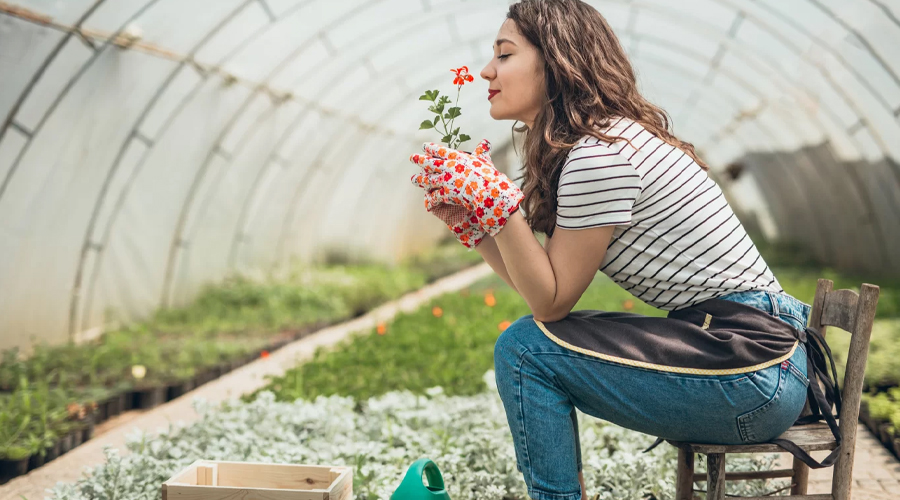
With the rise of sustainable living and increasing environmental awareness, more and more people are looking for alternatives to traditional gardening methods. Chemical-free gardening is not only healthier but also more beneficial for the environment. This article will show you how to grow plants sustainably without chemicals, focusing on composting and water-saving irrigation techniques.
Principles of chemical-free gardening
In chemical-free gardening, it is important to avoid synthetic fertilizers, pesticides, and fungicides. These substances can harm the natural ecosystem of the soil and wildlife. The principle of chemical-free gardening is to maintain natural balance, where natural predators and biological methods help manage pest problems.
Composting: preserving soil health
Composting is one of the most important steps in chemical-free gardening. Compost is a nutrient-rich material that results from the breakdown of garden waste and organic matter, improving soil structure and nutrient content. Below are the basic steps for composting:
- Choosing composting materials: Collect green (nitrogen-rich) and brown (carbon-rich) materials. Green materials include fresh grass clippings and vegetable scraps, while brown materials include dry leaves, cardboard, and wood chips.
- Selecting a composting location: Choose a shaded, well-ventilated spot for your compost. If possible, use a compost bin to aid in the faster decomposition of materials.
- Proper layering of compost: Place materials in layers, starting with brown materials, then green materials, and continue layering. Layering helps ensure optimal oxygen supply.
- Turning and moisture: Regularly turn the compost to promote decomposition and ensure the compost is adequately moist—not too dry, but not too wet.
Water-saving irrigation techniques
Reducing and managing water use is also crucial for sustainable gardening. The following techniques can help conserve water:
- Drip irrigation: Drip irrigation delivers water directly to the plant roots, minimizing evaporation and runoff. This is especially useful during dry periods as it reduces water loss.
- Mulching: Applying a layer of mulch (such as straw, wood chips, or compost) on the soil surface helps retain soil moisture and reduce weed growth. Mulch protects the soil from excessive evaporation and erosion.
- Timed irrigation: Use a timer to schedule watering during the best times, such as early morning or late evening, when evaporation is minimal.
- Rainwater collection: Collecting rainwater in barrels can be a useful alternative to tap water. Rainwater can be freely used for irrigation and can reduce your water bill.



